St Peter’s is a Landmark
By Marie Elvin
I was born in Brighton in 1945 and grew up just over the road at the bottom of Carlton Hill. My mum had three of us, my two brothers and me within a two-and-a-half-year period. We were very close. Our younger brother was born much later. We didn’t grow up with much. My father didn’t work, except around Christmas when he would do shifts at the Post Office, so we were on what was called Relief. My mother took in laundry and that money paid for us to go to nursery until we were five. We’d have our dinner there, except on Sunday’s when my nan provided lunch for us. She laid out bodies when people used to do that in their parlours.
I was very small as a child, so they called me Midge. I’ve never been able to tolerate milk and looking back, people didn’t know about that then, and I was probably malnourished. I was a bag of bones. My brothers and I went to catholic school, which was very strict, but we came to St Peter’s. It was a landmark in the centre of the community.
We’d come at Christmas to the carol services, when the church pews were packed with people in their Sunday best. It was really nice, with singing and candles and incense. I wore wellies all the time but to go to Sunday school and Sunday services, I wore my best coat. It was second-hand and tailored with a velvet collar. As soon as I got home, I had to take it off.
Everyone got married at St Peter’s. We’d come and watch the big weddings on the steps, people arriving in carriages, lots of people standing around. The bells would ring. When you heard them, you knew that sound was from St Peter’s. It was lovely. They rang on Sundays, Christmas, Easter and other special occasions too. Other churches didn’t always have bells.
There were fantastic jumble sales in the hall, and you could buy good plants. And we used to come to Penny Clubs just after school. You’d pay a penny and get cake or a biscuit and orange juice and play games. This was during rationing after the war – that didn’t end until 1954 – and nobody had much, so you came to meet people. We knew loads of kids. And at Christmas, you’d get a present. One Christmas, at home, my present was a balloon, a single balloon, and my brother popped it. I was devestated. It was a different world.
Where I grew up isn’t there anymore. It’s Kingswood Street now. That whole area to the east the church from Albion Hill to Edward Street was knocked down and the streets were widened. It used to be lots of little narrow lanes, rows of tiny houses, lockups, bungalows, all higgledy-piggledy. Every street had a little shop on the corner, where you’d buy ingredients by the ounce. No one had fridges, so you’d buy for the day. There was a baker at the end of our street where you could get your dinner. You’d get your milk at the barbers from the dairy up the road. People didn’t have bathrooms either, so we’d use the public baths on North Road. And until 1948, you had to pay to see the doctor, so people went to the chemist instead.

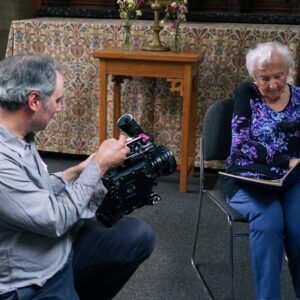
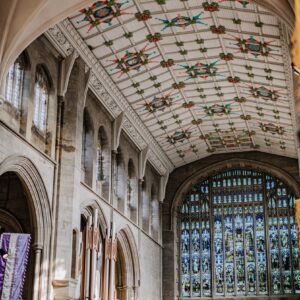

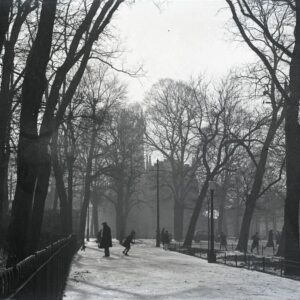
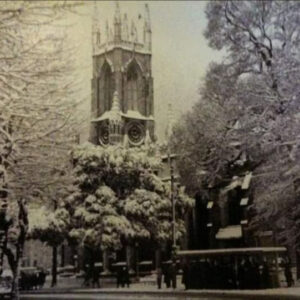
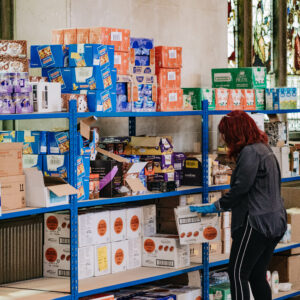

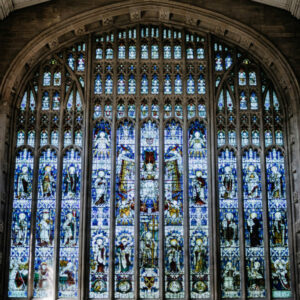




‘This project is kindly funded by Historic England as part of the Everyday Heritage - Working Class Histories. We are grateful to them for this funding.’